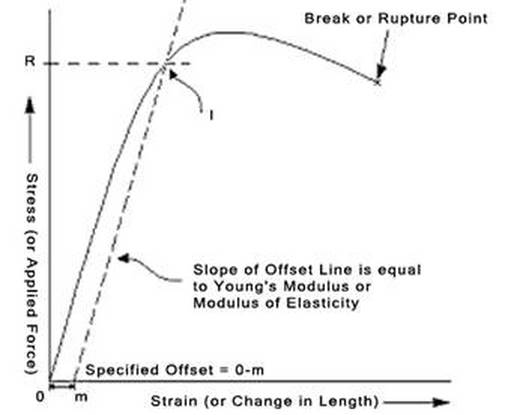A large part of any engineer's curriculum is knowing about Young's Modulus. The Encyclopeida Britannica explains Young's Modulus as: "[a] numerical constant, named for the 18th-century English physician and physicist Thomas Young, that describes the elastic properties of a solid undergoing tension or compression in only one direction, as in the case of a metal rod that after being stretched or compressed lengthwise returns to its original length. Young’s modulus is a measure of the ability of a material to withstand changes in length when under lengthwise tension or compression. Sometimes referred to as the modulus of elasticity, Young’s modulus is equal to the longitudinal stress divided by the strain. Stress and strain may be described as follows in the case of a metal bar under tension." So basically, you take the stress of a material and divide it by the strain and that gives you Young's Modulus, which then gives you an idea of the elastic property of the material. Thomas Young, in his many aspects of wisdom, came up with this property which is why it bears his name. As shown below in the graph, when making a stress vs. strain curve, the slope of the line is equal to Young's Modulus.
